Search
Search Results
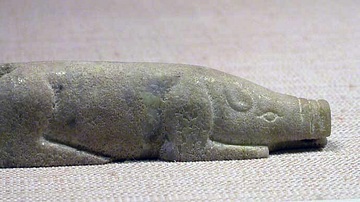
Image
Eastern Han Pig Sculpture
A dolomite sculpture of a recumbent pig. Eastern Han Dynasty, 25-220 CE. Height: 3 cm. Length: 10.6 cm. (Metropolitan Museum of Art, New York)
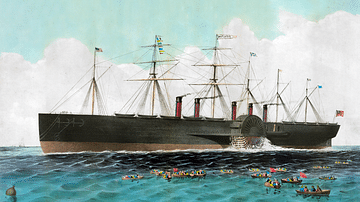
Image
SS Great Eastern
An illustration by Charles Parsons showing the steam-powered SS Great Eastern. It was designed by Isambard Kingdom Brunel (1806-1859) and completed in 1858. It was the largest ship in the world at 211 metres (692 ft) long. Great Eastern could...
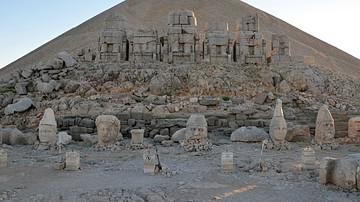
Image
Eastern Terrace of Mount Nemrut
Overview of the thrones and the heads of the gods on the eastern terrace of Mount Nemrut. From left to right: King Antiochus I, Commagene-Fortuna, Zeus-Oromasdes, Apollo-Mithras and Hercules. Mount Nemrut (Turkish: Nemrut Dağı) is one of...
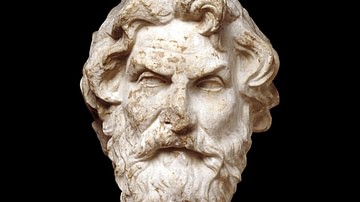
Definition
Philosophy
The word philosophy comes from the Greek philo (love) and sophia (wisdom) and so is literally defined as “the love of wisdom”. More broadly understood, it is the study of the most basic and profound matters of human existence. Philosophical...

Article
Achievements of the Han Dynasty
The achievements of the Han dynasty (206 BCE - 220 CE), often regarded by scholars and the ancient Chinese themselves as the golden era of Chinese culture, would have lasting effects on all who followed, particularly in the areas of government...

Image
Shang Dynasty of China, c. 1100 BCE
This map illustrates the rise and expansion of the Shang dynasty, which emerged around 1600 BCE after the fall of the Xia dynasty. Centered on the North China Plain, the Shang established a hereditary monarchy with a centralized government...

Article
Women in Ancient China
Women in ancient China did not enjoy the status, either social or political, afforded to men. Women were subordinate to first their fathers, then their husbands, and finally, in the case of being left a widow, their sons in a system known...
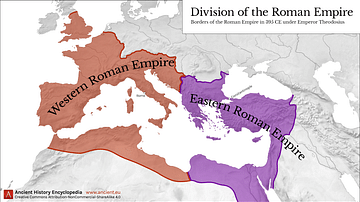
Image
Western & Eastern Roman Empire, 395 CE
This map shows the division of the Roman Empire into the Western Roman Empire and the Eastern Roman Empire, circa 395 CE under the reign of Emperor Theodosius I.
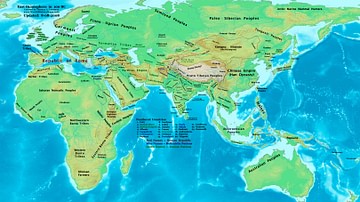
Image
The Eastern Hemisphere, 100 BC
A map showing the major empires, kingdoms, tribes, and ethnic groups of the Eastern Hemisphere in 100 BC.

Article
The Art of the Tang Dynasty
The art of the Tang Dynasty (618-907 CE) began to explore new possibilities in materials and styles with landscape painting and ceramics, in particular, coming to the fore. New techniques, a wider range of colours and an increase in connoisseurship...